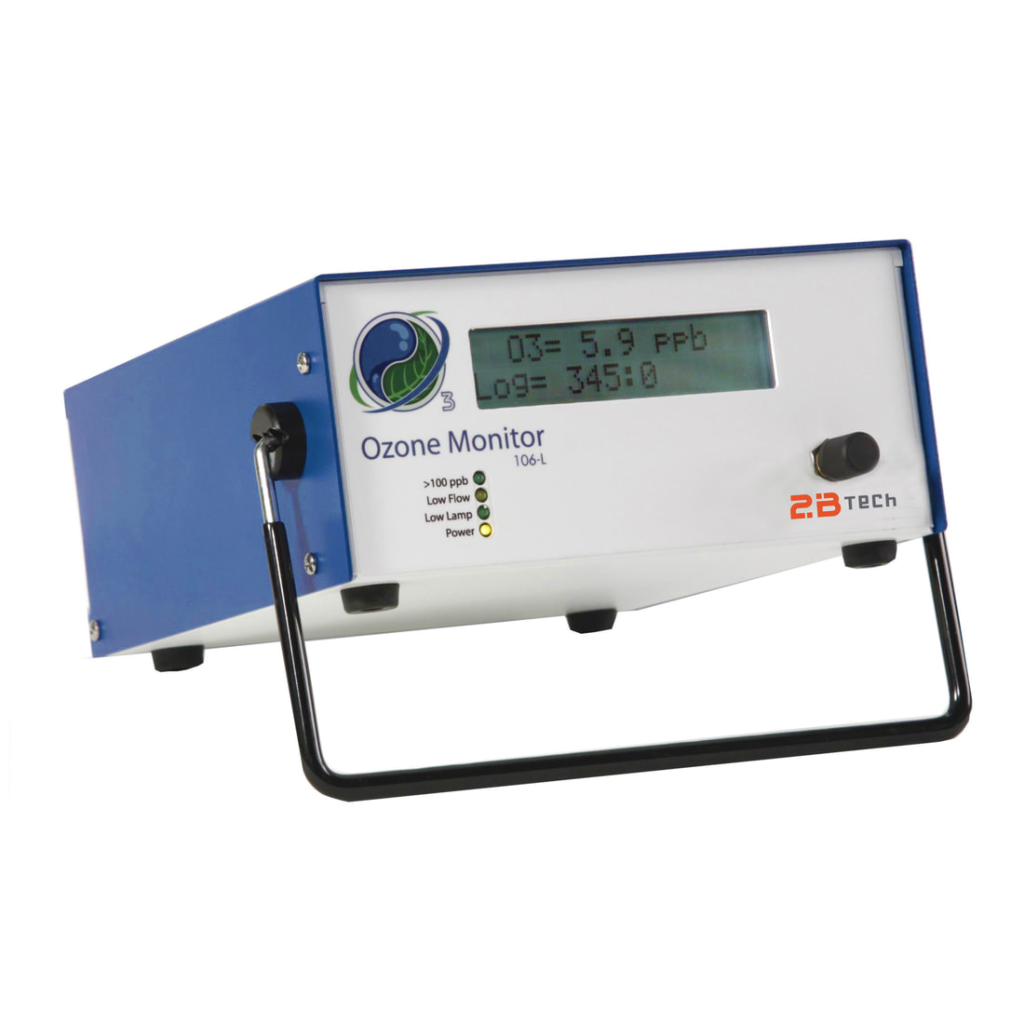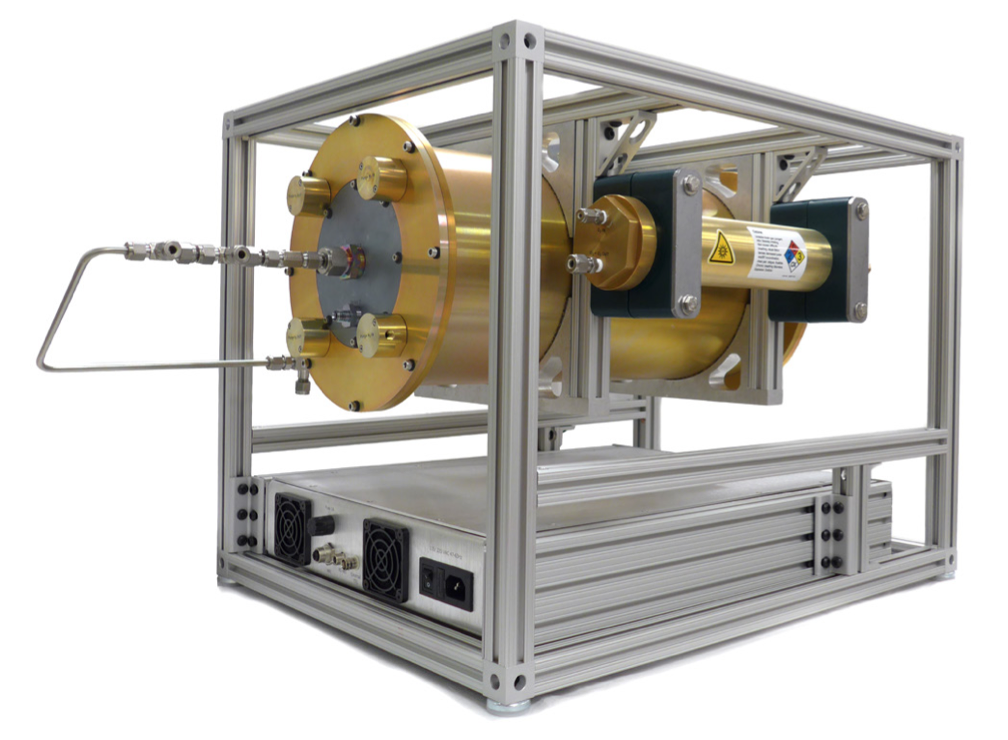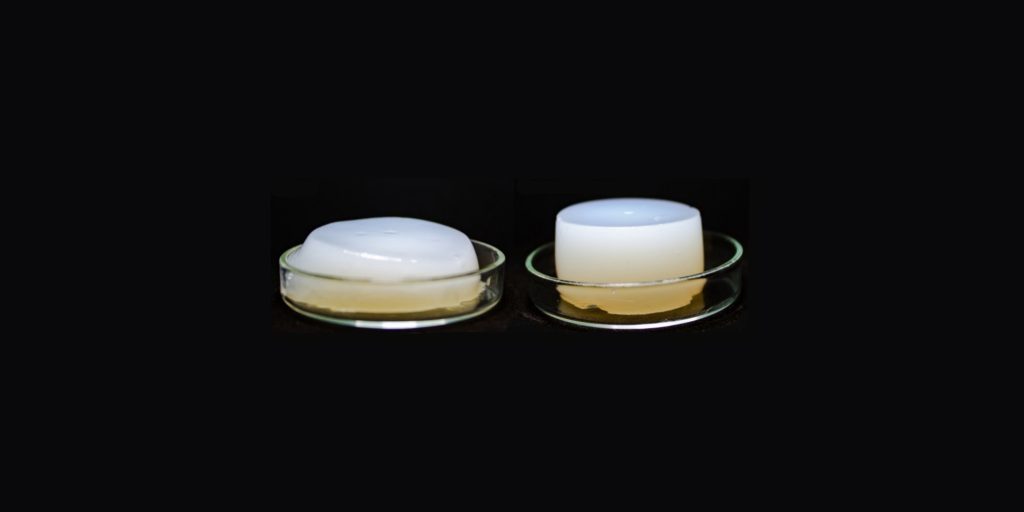Researchers from Peking University and the China National Monitoring Centre Study the Production of Particulate Nitrate (pNO3–) at Ground Level and Aloft The Problem: Wintertime haze in Beijing can often reach severe levels that can affect human health and visibility in the city. Airborne particles less than 2.5 microns in diameter (PM2.5) are the main cause of hazy conditions in the atmosphere. Particulate nitrate (pNO3– ) can account for anywhere between 15% to 40% of the PM2.5 mass concentration in China. The two pathways for generating pNO3– in the atmosphere involve the reaction of OH with NO2 in the summertime, and hydrolysis of N2O5 (N2O5 + H2O ⇆ 2HNO3) at nighttime and during the winter. The role of the hydrolysis of N2O5 pathway in the winter is not well understood, but prior modeling and field research has shown that it plays an important role in the atmosphere.
The Solution: Researchers Haichao Wang, Keding Lu, and colleagues at Peking University and the China National Monitoring Centre conducted a study in December 2016 to look at the chemistry and meteorology both at ground level and in the atmosphere during a widespread heavy-haze episode that lasted for several days.
The measurements were conducted using a moving cabin on a tower platform. The Model 405 nm NO2/NO/NOX Monitor and Model 106-L Ozone Monitor were used to make vertical measurements from ground level up to 250 meters.

Results: The researchers found the nighttime atmosphere is chemically quiet near the ground because ozone is reacted away by nitric oxide (NO) emissions. Additionally, N2O5 does not accumulate at ground level because its precursors are reacted away by the NO and VOCs (volatile organic compounds) emitted by surface sources such as power plants, vehicles and industry.
However above 150 meters, a reactive layer above Beijing was identified where pNO3– can be produced rapidly at night utilizing the N2O5 hydrolysis pathway. Simulations have shown downward mixing can bring over half of this pNO3– to the surface—causing much of the haze in Beijing during the winter!
Click here to access the full research paper: https://acp.copernicus.org/articles/18/10483/2018/
The 2B Tech Instrument’s Role: The Model 405 nm performed the NO measurements conducted at nighttime during the study. The portability and low power consumption of the Model 405 nm made the instrument the only possible solution to measure NO at ground level and up to 250 meters using the moving cabin and tower platform. The high precision and accuracy of the Model 405 provided the researchers with the information necessary to reach their conclusions about the cause of wintertime haze in Beijing.
The Bottom Line: The Model 405 nm is the only NOx monitor on the market capable of providing highly accurate NO and NO2 readings with low enough power consumption to be used for remote and portable applications. The instrument provides FEM-approved direct NO2 readings simultaneously with NO measurements and can be used for any compliance monitoring application. Please reach out to 2B Technologies to discuss using the Model 405 nm for your application.







